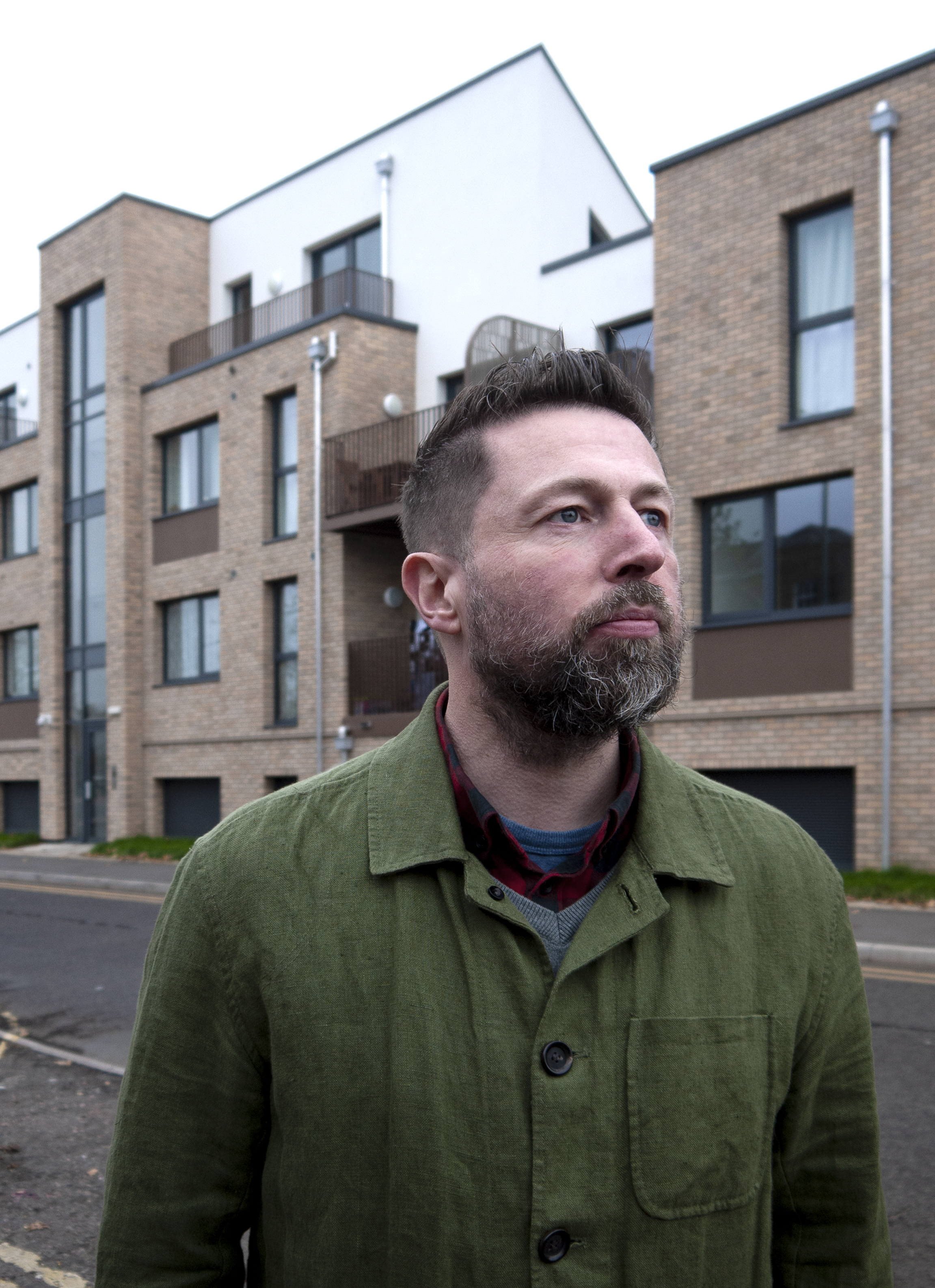Post
BOOK REVIEW | Iconicon
31 Aug 2022
Book Review by Rob Fiehn, Society Trustee
John Grindrod takes us on a whistle-stop tour of British landmark buildings in his latest book, Iconicon. From the title, one might expect that his musings would focus on skyscrapers and stadia but there is more depth and richness to the variety of projects covered in this excellent round-up of what happened to our built landscape following Thatcher’s rise to power. He puts it best in the introduction when he says: “It’s the Britain we have actually built since 1980 – chaotic, awkward, clashing and busy, a mixture of outlandish gestures, astonishing creativity, drab conformity and petty meanness, sometimes all at once.”
He is very interested in the people behind cities, towns, housing, art galleries, office towers and more, so expect a fair dollop of social history alongside your architectural gems. It is very important to understand HOW our built environment developed as it has, and this book is clearly a very personal journey for the author. He doles out facts and context with charm and an easy grace that make it feel like you’re chatting with a good mate down the pub. It is at once both matter-of-fact and incredibly cosy.
Grindrod covers the whole of the country but I am drawn, as always, to the London schemes. For instance, I thought I knew the story of the Millennium Dome but there was more to discover in the chapter, One Amazing Night. Here we find out about an immovable deadline and a desire to paint an image of modern Britain whether the public wanted it or not. A project that was wrapped up in the politics of New Labour and overseen by the architect Mike Davies, whom the author describes as a high-tech Dumbledore. The gigantic Dome, it seems, was relatively straightforward to construct when compared to the madness that was created sinside and the organisational nightmare of running a New Year’s Eve party with brand new infrastructure, inside a highly unconventional tent.
There is also plenty to be said of the contemporary London towers that now feature as the backdrop of Hollywood movies and the Apprentice. The stories behind the Gherkin and Cheesegrater become an opportunity to explore the history of Norman Foster and Richard Rogers, covering shared and disparate experiences. It is a tale of latter-day modernism and the grand rivalry between the City and Canary Wharf. There is also a neat segue into the next generation that would follow these giants of the UK architecture scene, namely Future Systems, Wilkinson Eyre and even the more sombre David Chipperfield.
This short review can barely touch the sides of the sheer volume of places, people and projects covered by this book. However, every sentence leads the reader amiably into another quagmire of politicians, planners and the public. It is a joy to read and revel in the salacious gossip and intriguing facts.
